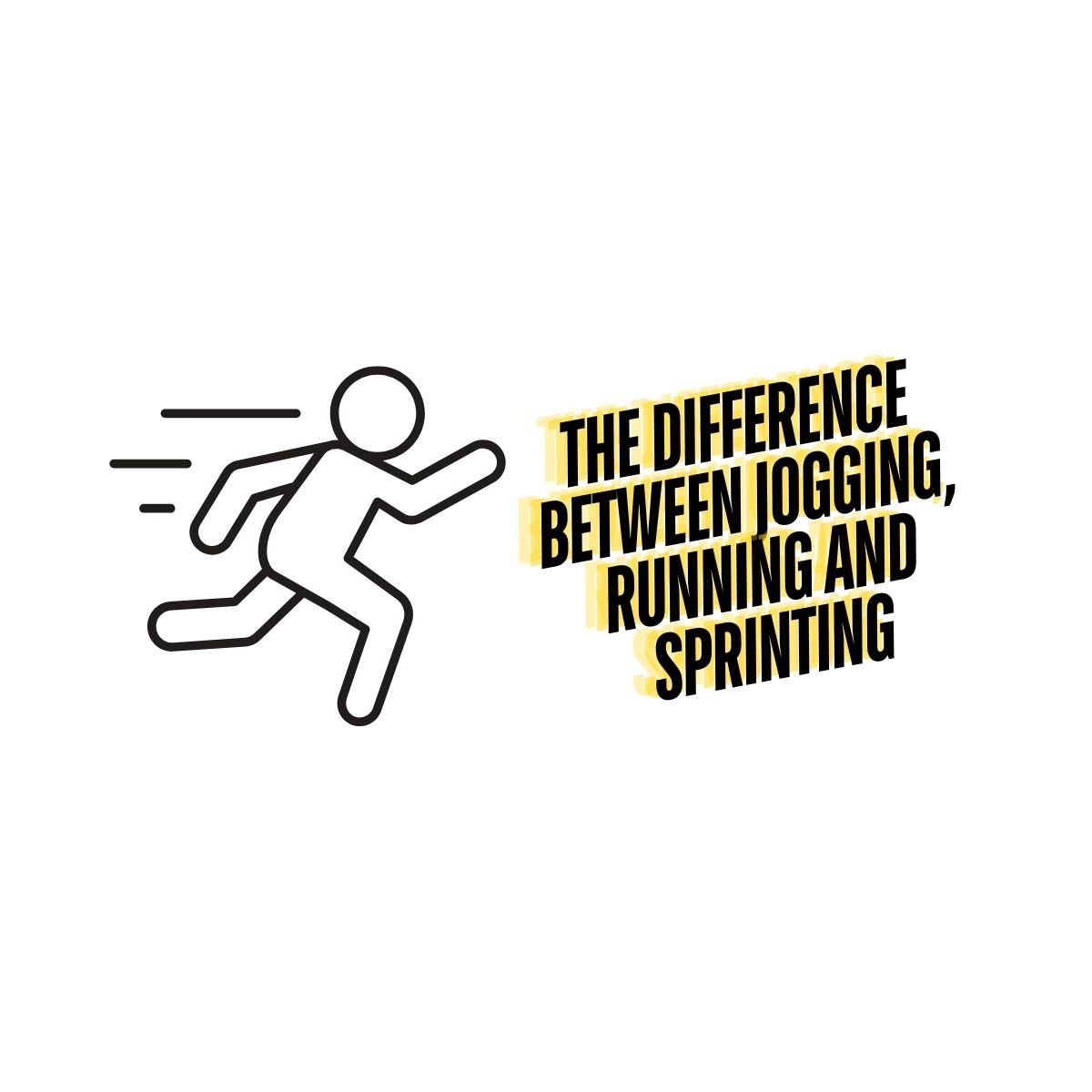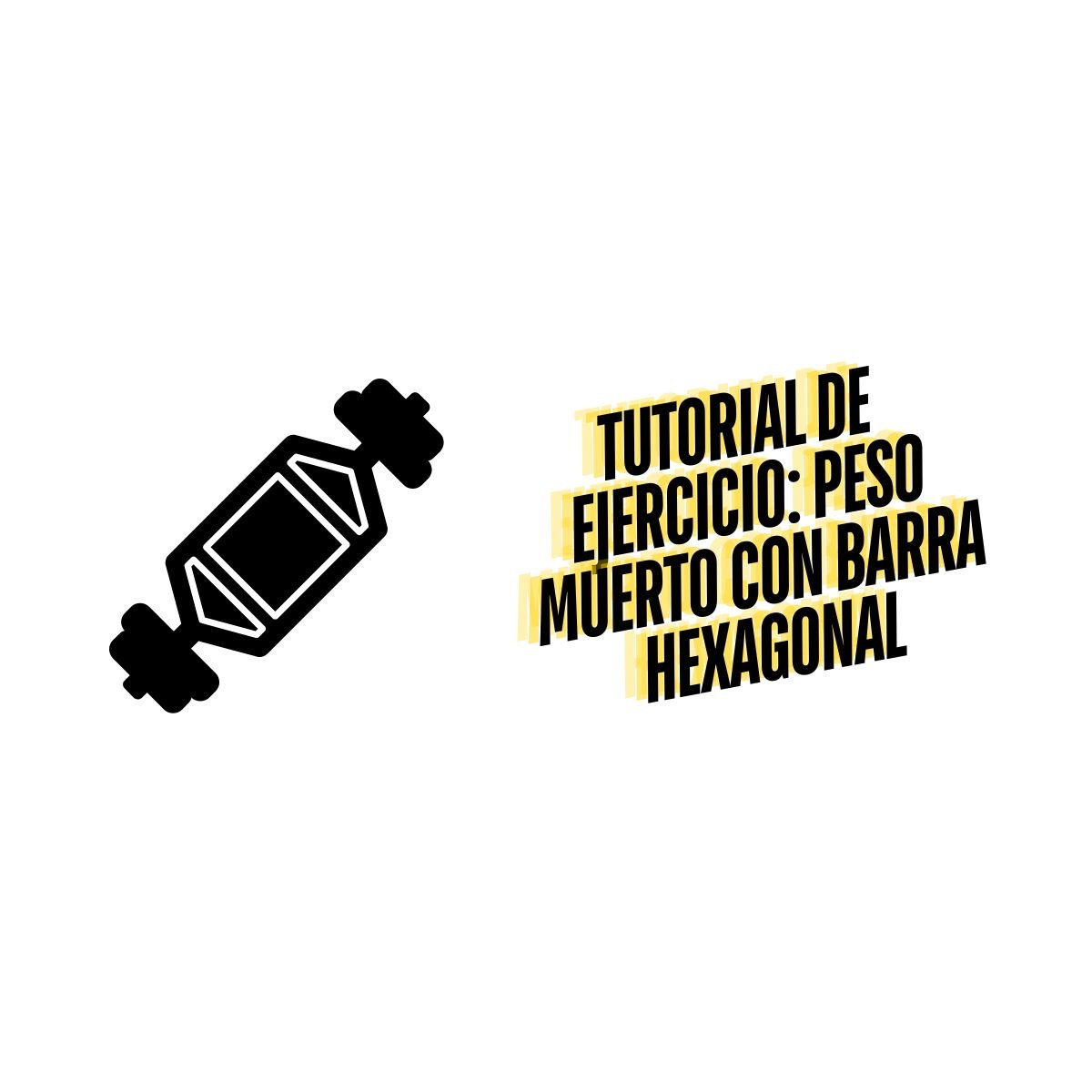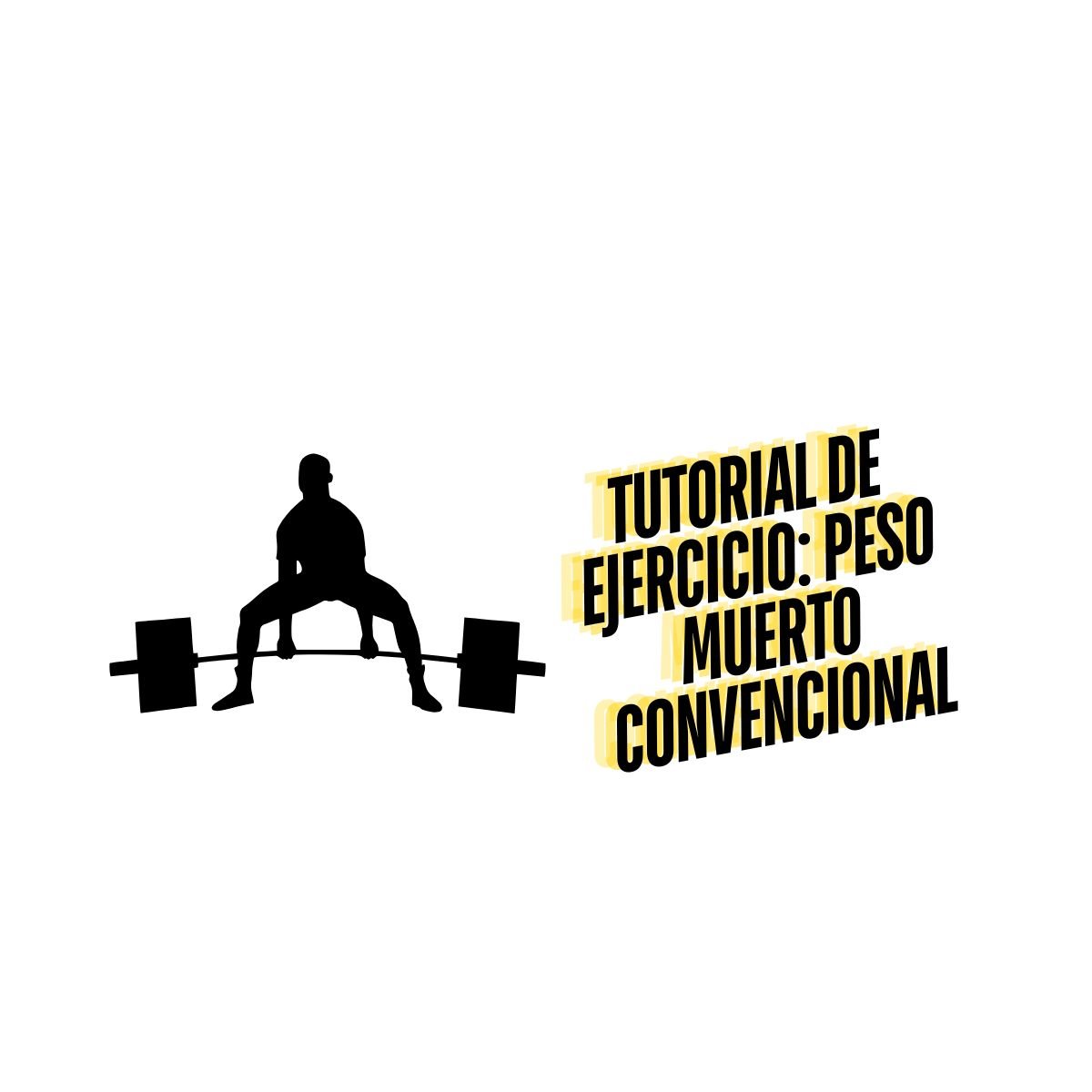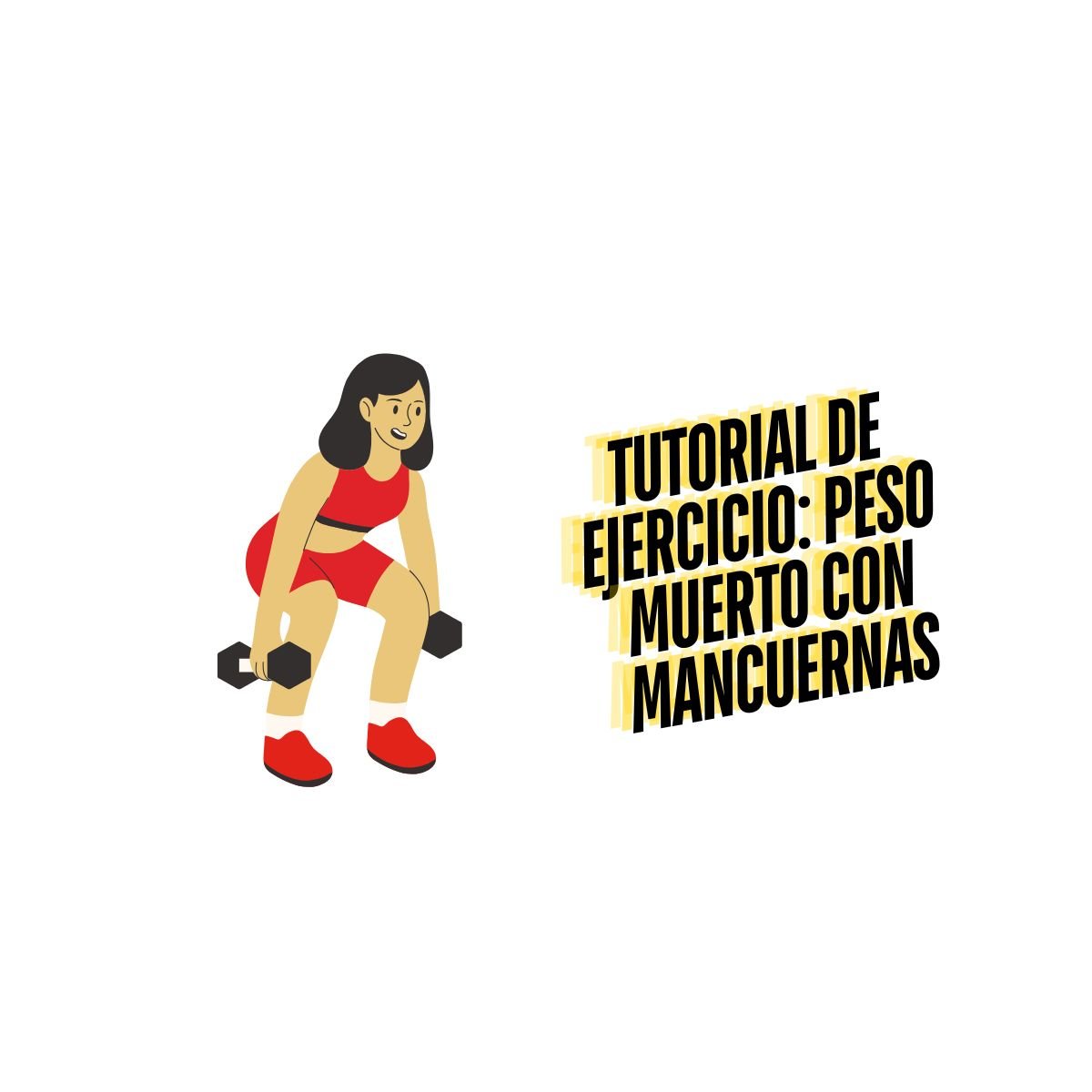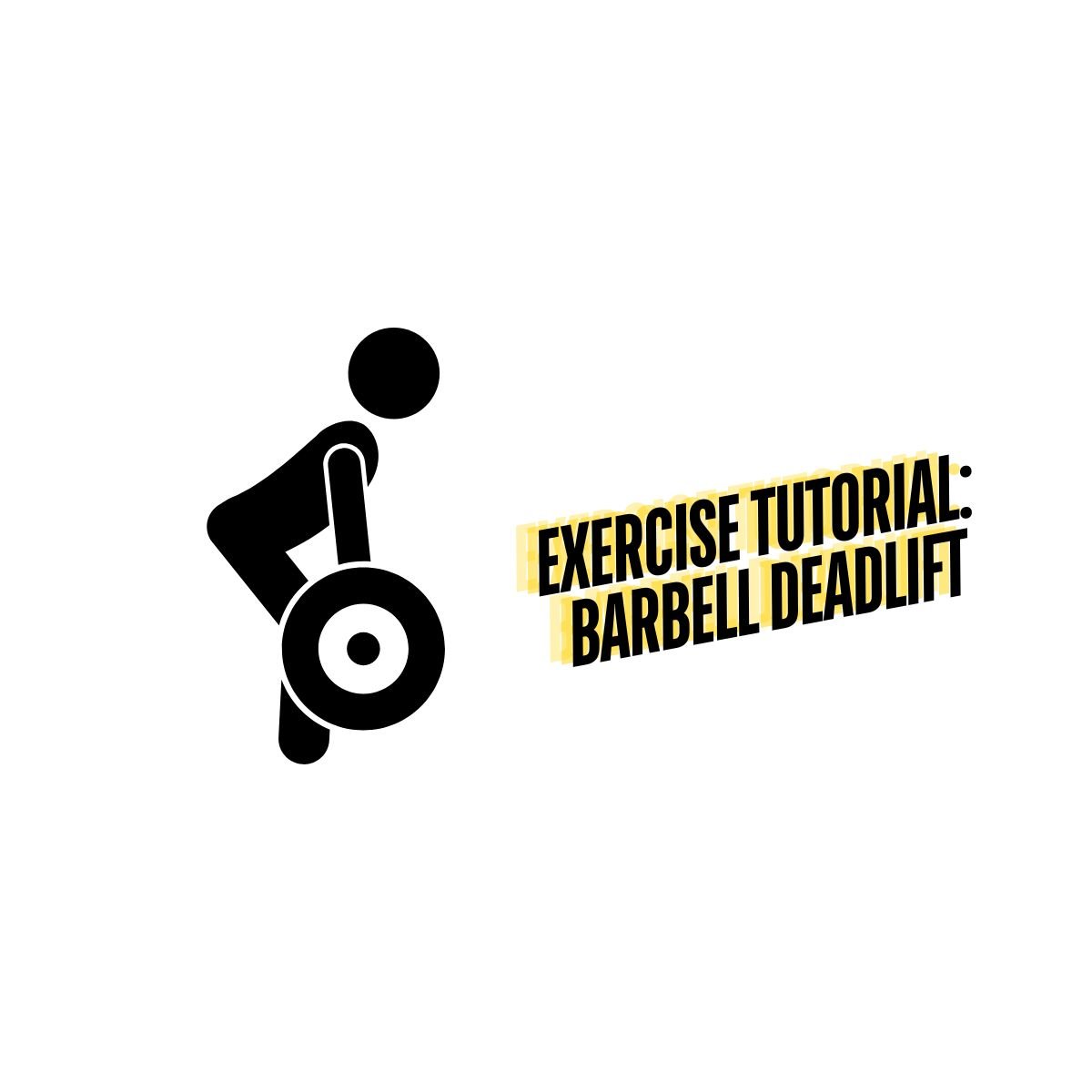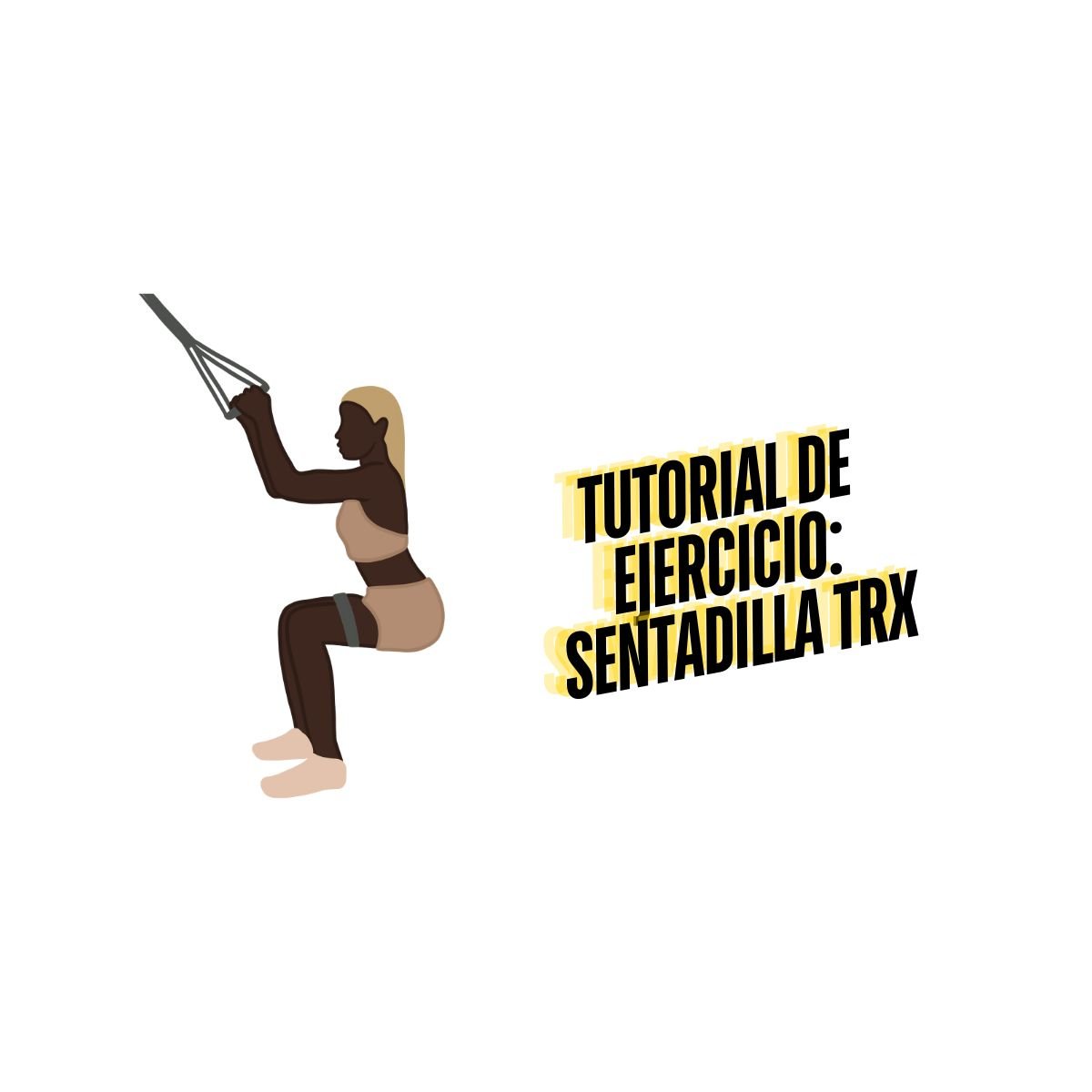Lifestyle Management (Activities of Daily Living)
About ADL’s & IADL’s
As we age, many individuals find that they are no longer able to complete the activities that they once could. Small tasks such as doing the laundry or brushing your hair may have become difficult whereas they previously were not an issue. These types of scenarios are more common than you think, and effect everyone! Proper lifestyle management is essential to optimal health. Once assessed, individuals can identify areas where they may need some assistance or modifications, and their overall quality of life can be increased.
Activities of Daily Living
Activities of Daily Living (ADL’s) can be classified as basic self-care tasks that we learn as children. These tasks include using the toilet, feeding, dressing, grooming, physical ambulation (walking), bathing and transferring. Each of these tasks is critical to independent functioning as we age and can be affected by our physical abilities and emotional state, income, resources and support system. For more detailed information on each activity, please see the list below:
Toileting
Having control of your bowels and bladder, can care for yourself at the toilet completely, no soiling or wetting while asleep or awake.
Feeding
Can eat without assistance or minor assistance at meals, can prepare and clean up after meals with little or no assistance.
Dressing
Dresses, undresses, and selects clothes from own wardrobe.
Grooming
The neatness of hair, nails, hands, face, and clothing.
Physical Ambulation (Walking)
Goes about grounds or city without limitations or assistance.
Bathing
Bathes self (tub, shower, sponge bath) without assistance.
Transferring
Able to move from one body position to another (i.e. move from a bed to a chair).
Impaired Activities of Daily Living
As you can see, ADL’s and IADL’s encompass a wide range of crucial tasks for independence. But what happens when we can no longer function independently? When our activities of daily living become impaired, it can be increasingly difficult to perform self-care. This is often in the case for both healthy older adults, and those who suffer from chronic disease and mental illness. Side effects from medications can cause brain fog, and various diseases such as cancer and cardiovascular disease can cause fatigue which can easily interfere with these activities. To understand the extent that impartment has on daily living, we have included an example below. If you suspect that yourself or someone you know is having difficulty with any of these tasks, it is important that the Activities of Daily Living Assessment Form be completed.
Example: Stroke and Activities of Daily Living
Having a stroke effects each person differently. While one individual may have no cognitive or physical impairments, others may suffer from semi-paralysis, aphasia, shortness of breath and many other symptoms. Each symptom can affect multiple ADL’s and IADL’s.
The ADL’s of feeding, dressing and toileting can be affected. These difficulties can result from muscle weakness on one side of the body or paralyzed muscles in the throat which affect swallowing. The IADL’s of house cleaning, transportation and managing finances and medication can also be affected. This may result from cognitive impairment, spasticity, and wheelchairs. While ADL’s and IADL’s are impacted, this does not mean that stroke patients have to give up their hobbies and independence. There are many aids available to help with feeding, toileting, dressing and more such as large-handled cutlery, learning sequenced dressing techniques and writing down reminders to take medications. With proper lifestyle management, stroke patients, and other individuals suffering from disease can regain independence and improve their quality of life!
Activities of Daily Living Assessment Form
The Physical Self-Maintenance Scale (Activities of Daily Living) is one assessment that is available to help identify areas where an individual may be struggling with their ADL’s or IADL’s and may require some assistance or lifestyle modifications. This form assesses both ADL’s and IADL’s. When used over time, this form can be used to document a person’s functional improvement or deterioration.





